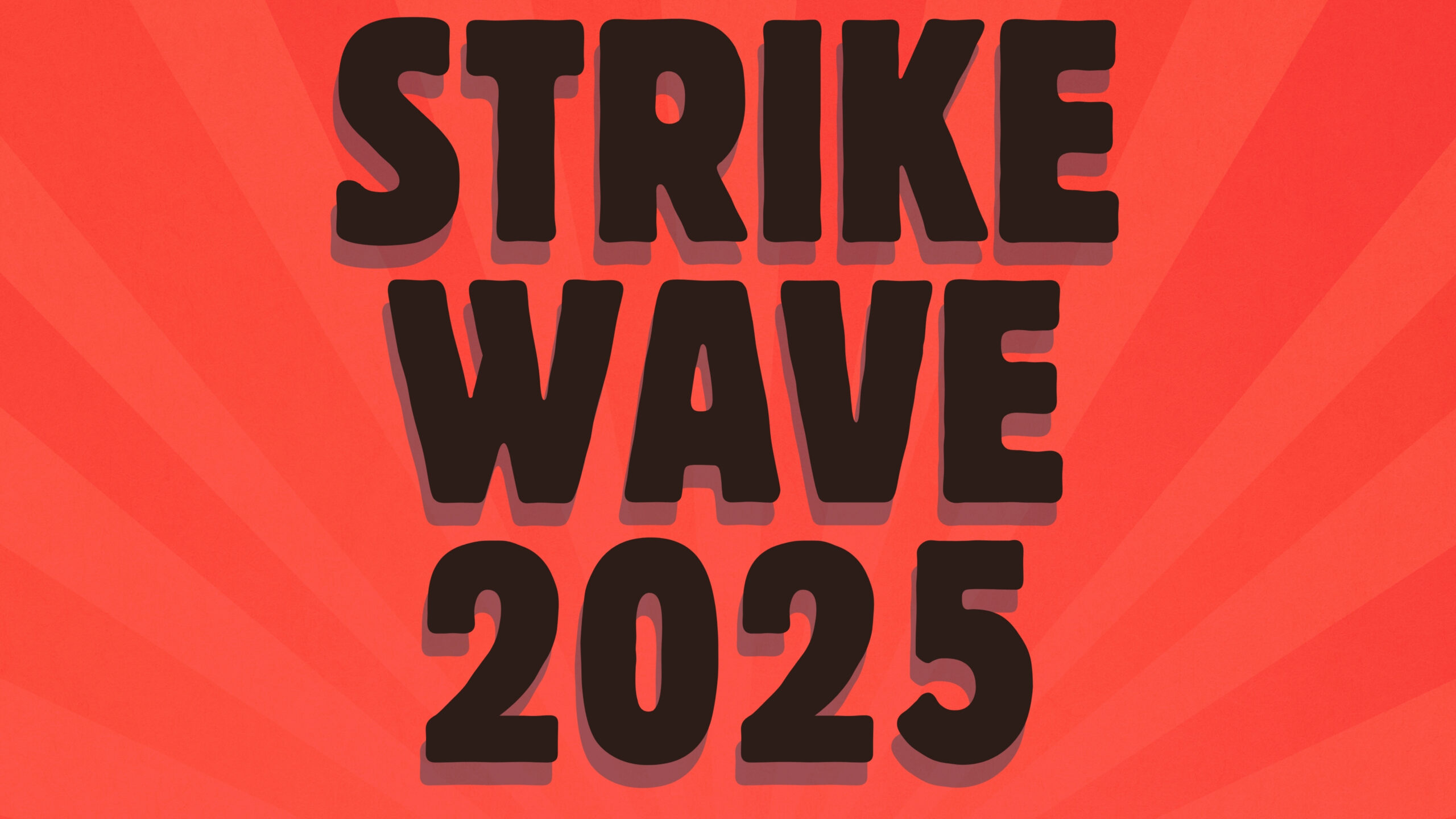The Reserve Bank is tasked by the government to keep inflation low, in the range of 1 to 3 percent, while supporting “maximum sustainable employment.” Having regard for maximum sustainable employment was added to the bank’s remit by Labour in 2018. National’s policy is to abolish it. So is the maximum sustainable employment policy a good thing? Is it progressive? At first sight an ordinary person might very well think so, but on closer inspection, such as by reading the Reserve Bank’s own reports, it is transparent that the object of the policy is bring the employment rate down. That weasel word sustainable indicates that the employment rate must not be allowed to be so high that workers have some advantages in an employment market where companies have to compete for labour. It is far better for business owners that there is a pool of unemployed workers, a “reserve army of labour”, to use Karl Marx’s terminology, to keep the employed on the defensive.
Since October 2021, in response to the first stirrings of high inflation, the Reserve Bank has raised the Official Cash Rate (the base rate for interbank lending) nine times with the objective of taking demand out of the economy. Until now the Reserve Bank and its master, the government, have been unsuccessful, in their terms, as the employment rate remained stubbornly high. At last unemployment rate has turned the corner that the bankers, government ministers and capitalists have being hoping for. Statistics New Zealand has reported an uptick of unemployment from 3.3 percent to 3.4 percent. This rate is still low, but the change of direction is what the Reserve Bank has been aiming for, and it will, no doubt, give a boost to higher unemployment with a further rise in interest rates when it reviews monetary policy on 22 February.
The purpose of the Reserve Bank’s policy of raising interest rates is to inflict economic pain to the extent that people and businesses are forced to cut their spending. And pain there is. A telling report of 1 February on RNZ says that over 400,000 New Zealanders are in arrears in their credit repayments, such as on car loans and credit card use.
But higher interest rates are only part of the equation. Central to the neoliberal monetarist strategy is that pay must lag behind price inflation. It is here that central government plays a role in curbing pay. On the latest statistics, inflation stands at an annual rate of 7.2 percent, while pay overall lags at 4.1 percent. However, in the public sector the average pay increase is only 3.6 percent, courtesy of a Labour government.
In addition to holding back pay, the government has another responsibility allocated to it by monetarism, which is to hold back public sector spending. After all, to increase spending would run counter to the objective of cooling the economy. Higher interest rates, lower pay and a curb on public spending are the three pillars of the neoliberal monetarist response to the inflation crisis.
The monetarist theory that price inflation can be controlled, upwards or downwards, by adjusting demand is fundamentally false. That is why inflation has remained high despite well over a year of central banks worldwide raising interest rates and their forecasts proving to be wrong time and time again. The real meaning of monetarism does not rest with its efficacy in controlling inflation, but in what it signals politically. It represents class war waged by the bourgeoisie and their pathetic accomplices against workers.
The Reserve Bank, Big Capital, parties in Parliament, including the Greens and Te Pāti Māori, the overwhelming majority of media reporters and commentators all accept this neoliberal monetarist dogma. Like Margaret Thatcher, they say “There Is No Alternative.” They are prepared to risk a full-scale slump – severe unemployment, wages driven down even more, cutbacks in government spending, small businesses driven to the wall. In short, they all agree that workers must bear the brunt of the inflation crisis and a looming world recession.
Chris Hipkins’ replacement of Jacinda Ardern as Labour prime minister signals a turn to the right by government. It was already happening under Ardern, but Hipkins has made it abundantly clear that he intends to cut government spending and concentrate on implementing the monetarist prescription for controlling inflation. We can say goodbye to desperately needed funding for education, health services, benefits, transport and climate change. We can say farewell to any Fair Pay Agreements.
Disgracefully, but not unexpectedly, yet another Labour government ends up attacking working-class living standards. This is electoral suicide, but above all else Labour is loyal to capitalism.









